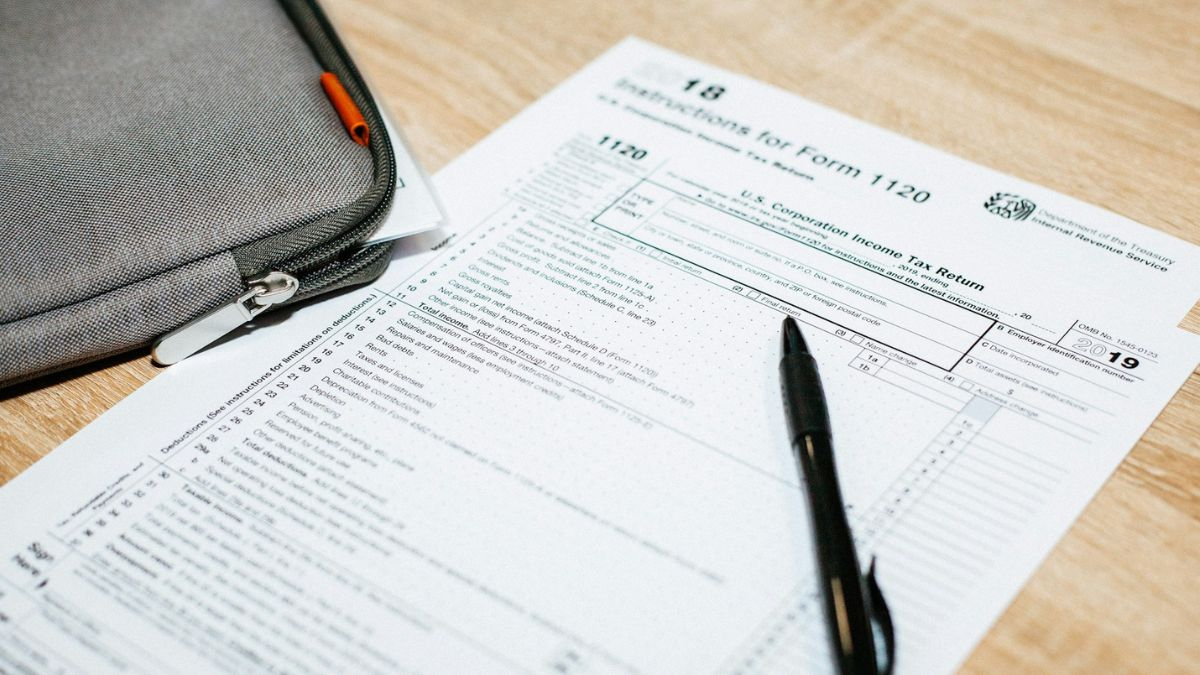If you earned at least $600 in cash or non-cash income during the year, you will receive a W-2 from your employer in January. If you are a freelancer or contract worker who doesn’t get their taxes withheld by their employer, you will receive a Form 1099s instead.
What is IRS Form W-2?
An IRS Form W-2, also known as a Wage and Tax Statement, is a document employers use to report employee’s wages and taxable income throughout the tax year. It documents the total amount of money earned per employee, federal taxes withheld, as well as Social Security and Medicare taxes deducted from your paycheck.
A Wage and Tax Statement is essential for filing annual tax returns. At the beginning of the year, employers send out W-2 forms to employees and forward copies of each form to the government.
Various copies of the Wage and Tax Statement are reserved or sent out for the following reasons:
- Copy A of your IRS Form W-2 is sent to the Social Security Administration (SSA).
- Copy B is to be filed with your federal tax return and sent to the Internal Revenue Service (IRS)
- Copy C is kept for employee’s records
- Copy D is kept by your employer
- Copy 1 is forwarded to the state, city, or local tax department.
- Copy 2 is to be filed with your state, city, or local tax returns
Understanding a Form W-2
The Form W-2 is typically filed by your employer, however, you must attach it to your income tax when filing your tax return for the year. If you don’t have your Form W-2 by your tax filing deadline, file for a tax extension via Form 4868. Contact your employer or call the IRS.
Here is how to accurately read your Wages and Tax statement:
- Box 1: shows how much you earned in wages, tips, bonuses, and other compensation.
- Box 2: shows how much federal income tax your employer withheld from your annual pay.
- Box 3: shows how much of your pay in Box 1 was susceptible to Social Security tax.
- Box 4: shows how much Social Security tax was withheld from your pay.
- Box 5: shows how much of your pay is susceptible to Medicare tax.
- Box 6: shows how much Medicare tax was withheld from your pay.
- Box 7: shows how much of your tips, included in Box 1, is susceptible to Social Security tax.
- Box 8: shows how much of your taxable tip income, not included in Box 1, that your employer allocated to you.
- Box 10: shows how much your employer paid you, or incurred for you in dependent care benefits.
- Box 11: shows how much money you got from your employer’s deferred compensation plan during the year. This amount is reported in Box 1 if it is made to you from a non-qualified deferred compensation, and in Box 3 and/or 5 if it is a prior year deferral under a nonqualified or section 457(b) plan that became taxable for social security and Medicare taxes this year because there is no longer a substantial risk of forfeiture of your right to the deferred amount.
- Box 12: Your employer can provide details of the pay reported in Box 1 in this section. Each compensation and benefit detailed here are listed under different codes.
- Box 13: shows whether you were part of any retirement plan, or got any sick pay.
- Box 14: shows any other extra information your employer would like to report, such as any state disability insurance taxes withheld, any union dues, nontaxable income, uniform payments, or health insurance premiums deducted.
- Box 15: shows your employer’s state ID number.
- Box 16–19: shows how much of your income is subject to state and local taxes, and how much state and local taxes were withheld from your pay.

